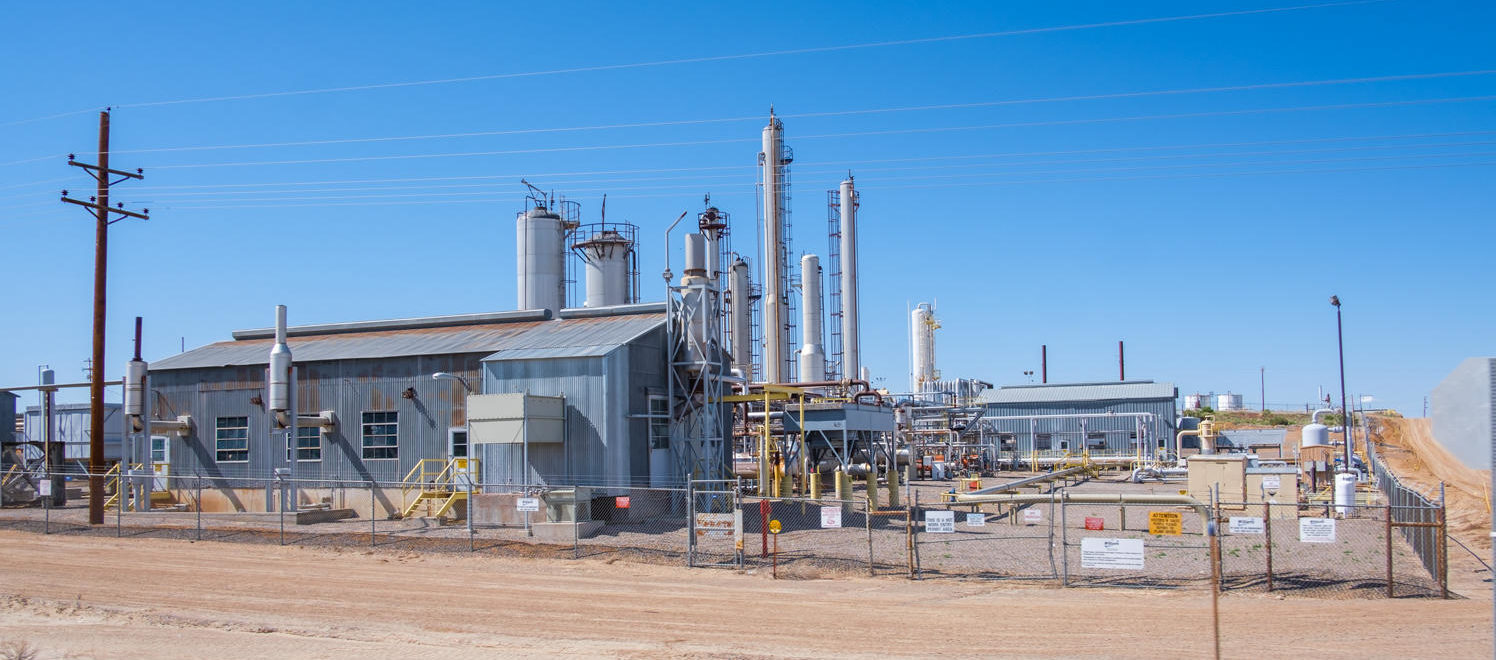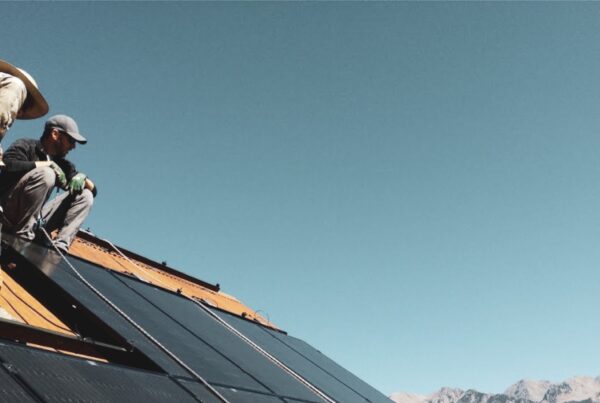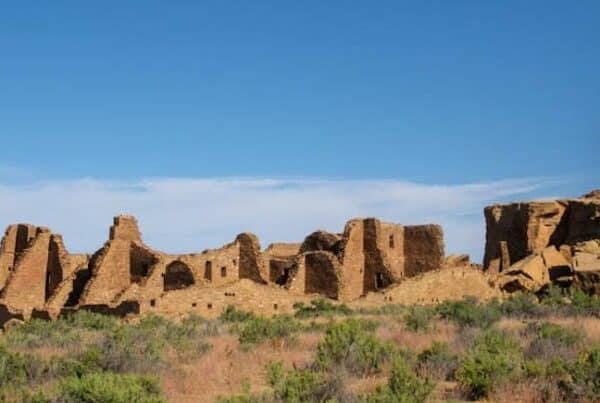In 2014, our region gained notoriety as the nation’s methane hotspot.
Researchers at NASA and the National Oceanic and Atmospheric Administration noticed via satellite measurements a plume of methane over the Four Corners that dwarfed anywhere else in the country. Those researchers confirmed the plume with local flights followed by ground-based measurements. And sure enough, the culprit was pegged as the thousands of natural gas wells and associated industrial infrastructure.
The Permian Basin has since surpassed us, assuming the mantle of the nation’s methane hot spot. It’s the vast gas and oil producing basin in southeast New Mexico that is now the industry’s main focus for energy production.
Methane is a potent greenhouse gas. Its contribution to climate change is 84 times greater than a similar equivalent of carbon dioxide. For those watching the shrinking winters, dying forests and declining flows of the Colorado River attributed to our warmer and drier climate, there’s an urgent need for taking action to reduce this powerful contributor to climate change.
The state of Colorado is poised to consider such action. On Dec. 11, local residents can participate in offering comments to the Colorado Air Quality Control Commission about actions Colorado can adopt to address methane leaks from the oil and gas industry.
Once upon a time, we would have relied upon leadership at the federal level to adopt a uniform set of rules across state boundaries. But alas, the Trump administration has abandoned any pretense of concern for climate change. The Trump administration’s Environmental Protection Agency and Department of Interior have gutted uniform, federal methane rules that once proposed to greatly reduce leaks and waste from oil and gas facilities.
Hence, it’s now fallen to the states to adopt their own individualized rules. Colorado has been a leader in regulating methane emissions from the oil and gas industry with some success and now proposes to further reduce methane leaks.
Earlier this year, the Colorado Legislature passed an updated law for oil and gas oversight. A requirement of the new law is to adopt rules to minimize emissions of methane and other hydrocarbons, volatile organic compounds and oxides of nitrogen from oil and gas facilities. One undetermined question is whether the rules should apply statewide, or only to the Denver metro area.
So what do improved rules look like? For one, it means regular inspections for leaks and prompt repairs. Under current rules, many facilities are inspected just once in their lifetime, after construction, and never again checked for leaks. There is also concern about how much methane is vented initially at completion of new gas wells, as well as how much is lost from storage tanks or during transfers.
Concerns about hydrocarbon emissions from the dense development along Colorado’s Front Range are driving much of the impetus for tightening rules. Facilities that leak natural gas contribute not only to methane pollution but also to ozone and can emit toxins like benzene. Regulators intend to ramp up rules around the Front Range and pose the question whether other gas-producing basins in Colorado, like ours in La Plata County, should similarly benefit from reducing methane leaks.
The industry recognizes the public’s concern about methane leaks, both for reasons of climate change and health. Some companies are going the extra mile to find and limit leaks, while others not so much. Thus, the push for overarching rules that apply equitably to all companies across the entire state.
Our most convenient opportunity to provide local input is from 6 to 8 p.m. Dec. 11 at the La Plata County administration building. Details are forthcoming at www.colorado.gov/pacific/cdphe/aqcc.
This content first published in The Durango Herald’s Thinking Green Column here.



